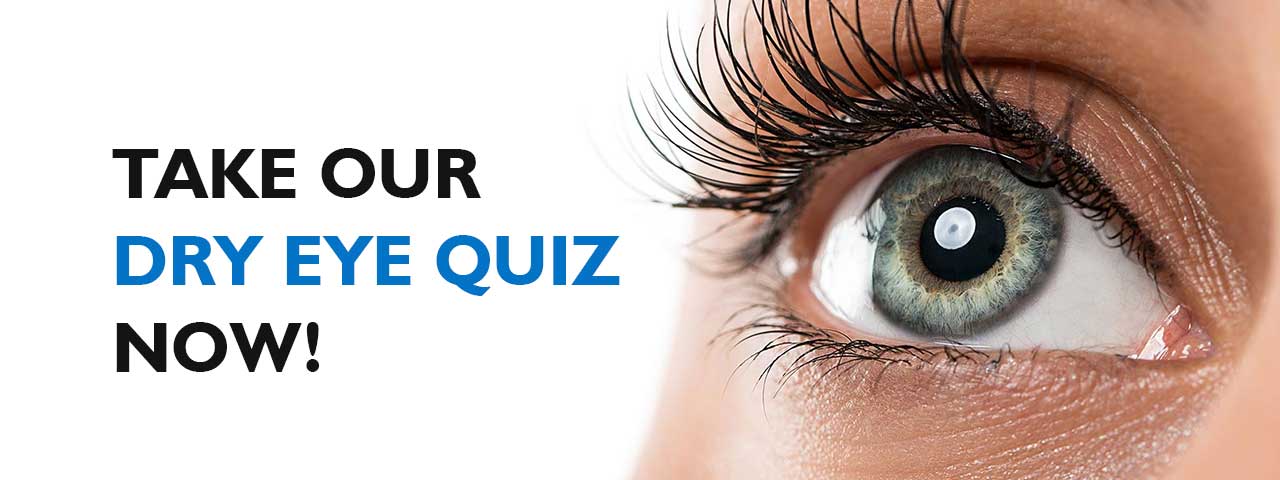
Contact Lenses And Dry Eye In Americus, Georgia
Dry Eye Syndrome is an eye condition that causes the following symptoms: burning, itching, stinging, grittiness, or a feeling of something being stuck in the eye. Dry Eye can be caused by a number of factors, such as genetics, aging, and medications.
How Can Dry Eye Affect Contact Lens Use?
When the eye does not naturally create enough tears, Dry Eye can develop. For contact lens wearers, this can be especially difficult.
New Contact Lens Technologies in Americus Offer New Forms of Relief
It wasn’t too long ago that the idea of robots and self-driving cars were solely referred to in science fiction books and films. Today, these technologies exist, and they’re being applied in many industries from automotive to fashion, medicine, and more. The world of eye care is replete with technological innovations as well.
Since the first contact lens was created in the 19th century, contacts have come a long way. Over the years, this first version gave birth to contacts made from gas permeable and silicone hydrogel materials. Furthermore, contact lenses have gotten smaller and more effective at correcting vision problems, such as Dry Eye (scleral lenses).
Several new advancements in contact lens development include elements such as center-distance multifocal lenses. The theory is that because each individual’s pupil size is different, the lenses must be customized accordingly. Center-distance multifocal contacts are adjusted for a patient’s unique pupil size and fit.
Photochromic eyeglasses aren’t new, but the contact lens versions certainly are. Traditional photochromic eyeglasses change according to the type of light they’re exposed to. In other words, they automatically darken in the sunlight and become lighter in the dark, which allows the wearer to use them as both glasses and sunglasses. What is new, however, is the development of contact lenses which can do exactly the same thing.
Time Is of The Essence
They say that timing is everything, and that’s certainly true when it comes to our health. So when is the right time for a patient with Dry Eyes to use scleral lenses? Each patient’s condition and symptoms are unique, so it really depends on the severity of the symptoms and how often they occur. Each patient should discuss their case with Dr. Valerie Moates for a customized treatment plan.
Nowadays, there are more options and advancements in both the treatment of Dry Eyes and Contact Lens design. Consider the above-mentioned issues when choosing the right lenses for you or your child. Make sure to discuss your medical or family history with Dr. Valerie Moates, including insights into your lifestyle that can affect your overall eye care.
For more information or to schedule a Dry Eye Screening, contact our office today.



